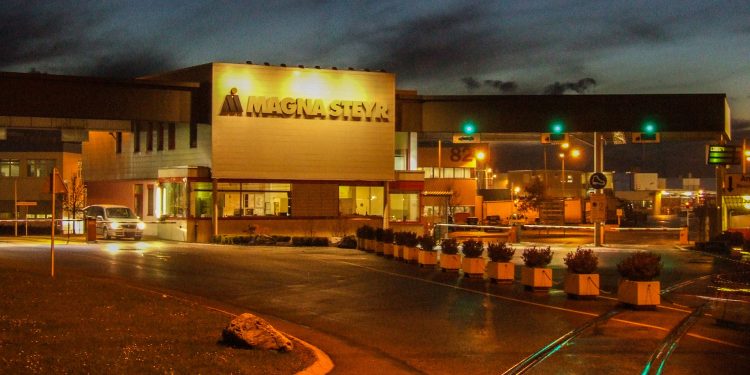Magna Steyr Rocked by Fisker Collapse
Words NZ Autocar | Images Magna Steyr, Wikipedia
Last year Magna Steyr built about 10,000 Oceans before Fisker ran into financial trouble. The parent company, Magna International, said then that the shutdown in Graz was permanent.
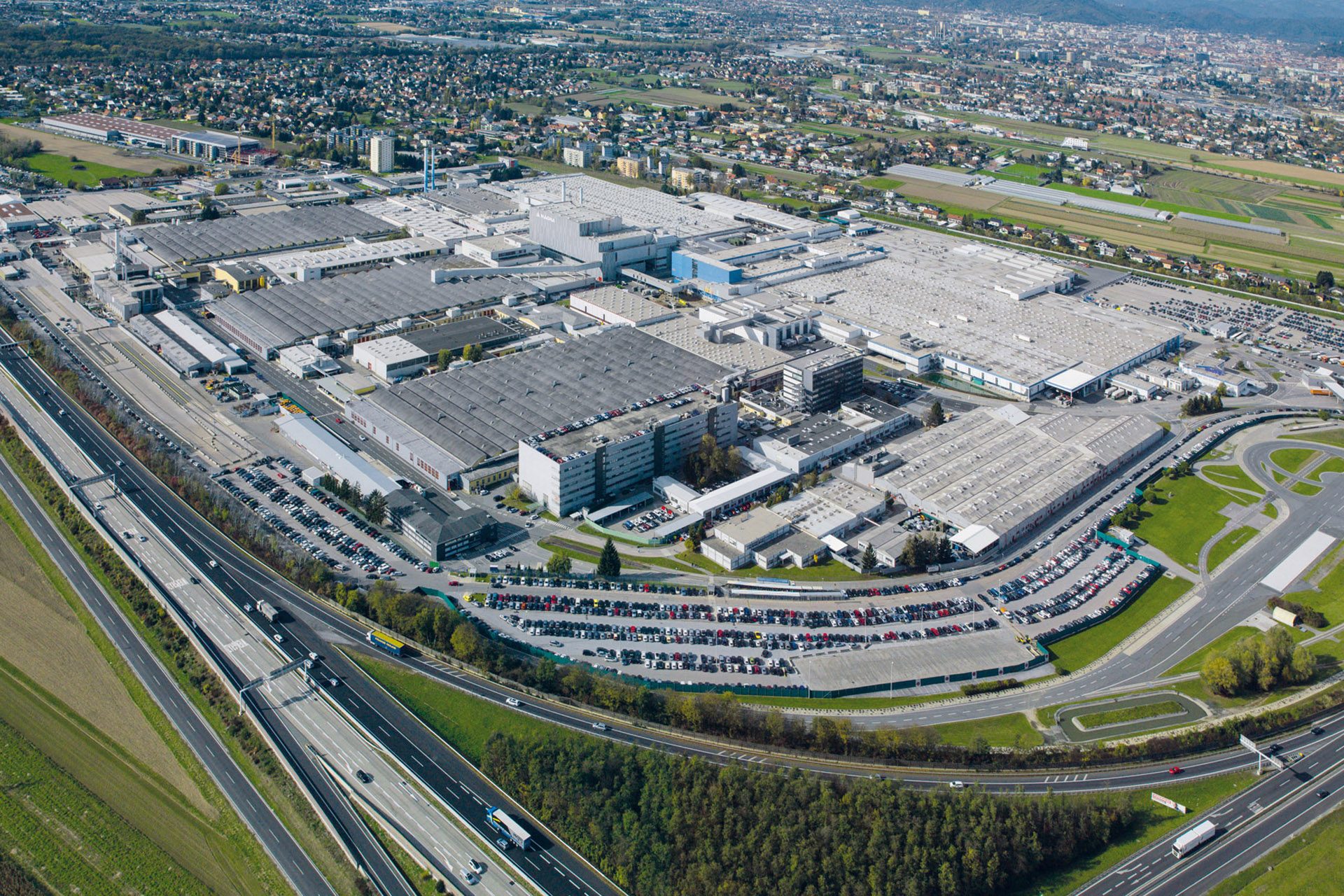
However, business is continuing as Magna Steyr seeks new contracts to counter the $400m in lost revenue from the Fisker programme.
Magna Steyr has traditionally built rugged offroaders at its Graz plant. It has produced over four million vehicles between 1990 and 2022. The most famous is the Mercedes-Benz G-Class, which the Austrian plant has produced since 1979. The company has made over 500,000 examples for Mercedes.
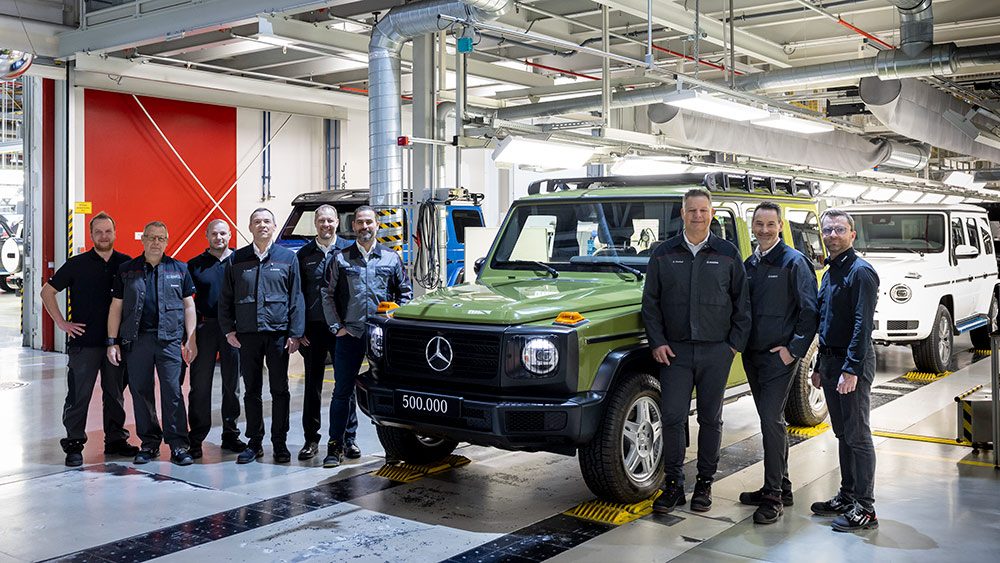
Fisker, the company, has twice foundered under Henry Fisker’s guidance, this time leaving a sizeable hole in the Graz assembly plant. One building is dedicated to the G-Class build, another to Jaguar E-Pace and I-Pace, and a third for BMW’s Z4 and Toyota’s Supra. The Ocean was produced alongside the latter.
Fisker ran into trouble at the end of 2023 and is now attempting to sell off the remainder of the 10,000 cars built by Magna Steyr.
The Austrian company laid off 450 production workers after the Fisker fiasco. But Magna Steyr is trying to sort new contracts to offset the $400m in lost revenue from the Fisker program.
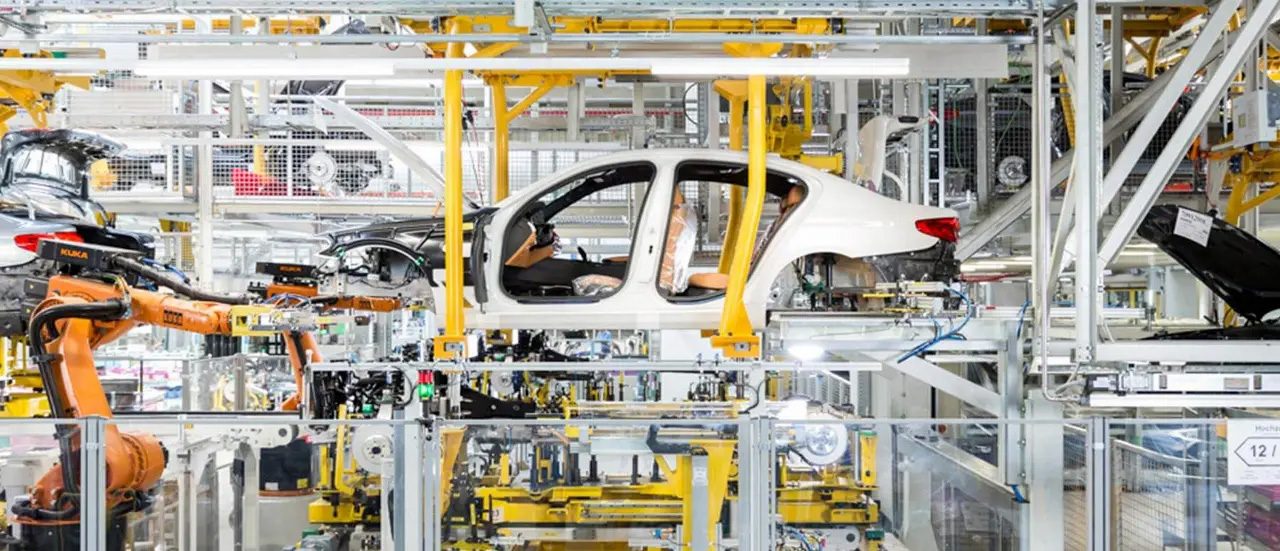
A spokesperson said “Our capacity is not a limiting factor. We welcome opportunities to collaborate and meet the needs of our clients.”
Magna Steyr can build up to 150,000 vehicles annually, with capacity for more. At present the only other vehicle penned for production is the Ineos Fusilier electric crossover, due to launch in 2027.
The factory could manufacture 25,000 vehicles annually but with slowing demand for EVs that figure looks optimistic.
Currently, Magna Steyr is working with the BAIC Group in China, providing both engineering and manufacturing expertise. A joint-venture plant has begun making the ArcFox series of four B- and C-segment battery-electric vehicles. It can produce up to 180,000 vehicles per year. Pictured is the Alpha-T.
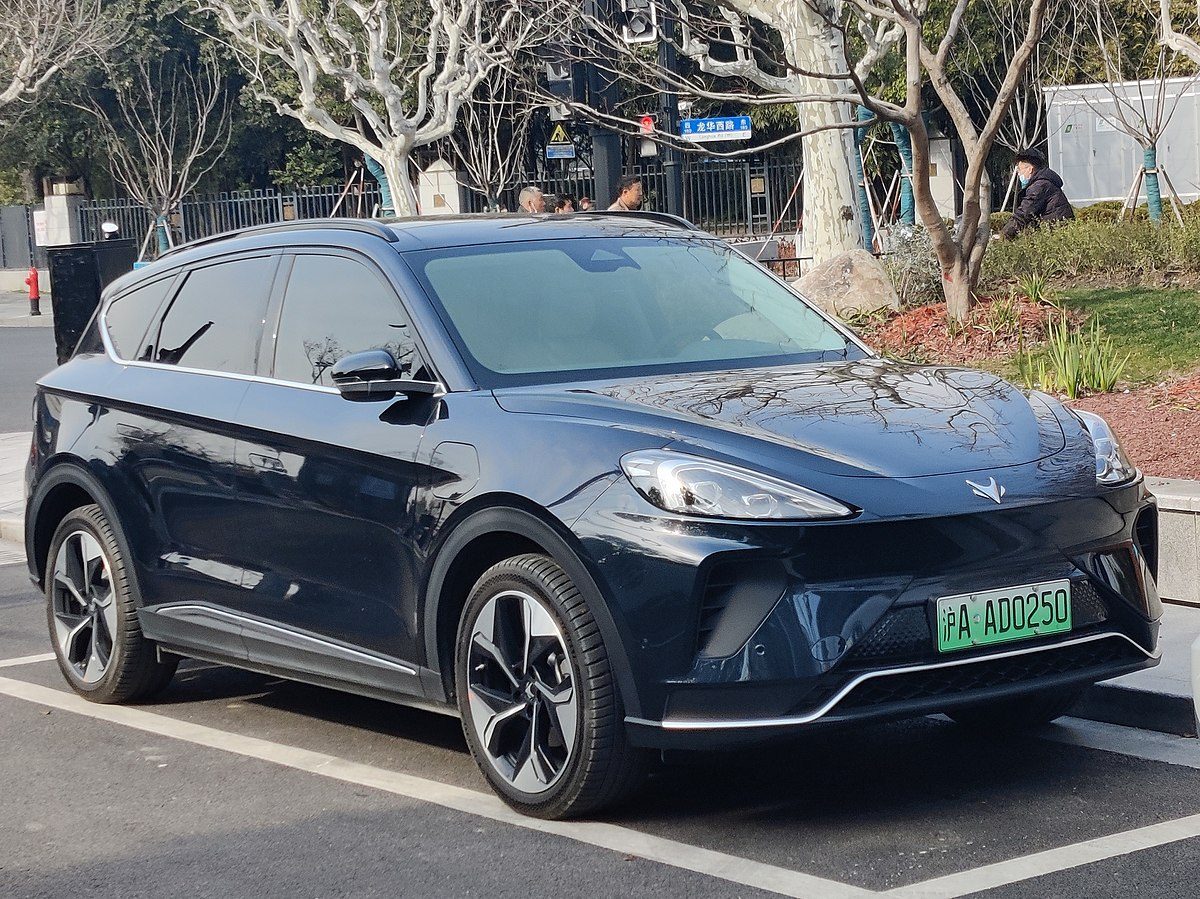
In Europe, Magna Steyr hopes to lure Chinese automakers. “For the last 12 months, we have seen very strong activity from all the Chinese OEMs and (they are) contacting us to explore opportunities,” said a spokesperson. Any cooperation will depend largely on new EU tariffs and the number of vehicles Chinese companies think they can sell in Europe.
The plant is known for its flexibility; it can make a wide mix of vehicles with different powertrains on the same assembly line. In some cases, vehicles from different brands share the same line.
Its first EV was Jaguar’s I-Pace, produced alongside the E-Pace.
The strength of the company is not just its flexibility but also its in-house design, testing, and prototyping skills.


